
The 3rd SOLARNET / 7th HELAS / SpaceInn international conference "The Sun, the stars, and Solar-stellar relations" will take place in Freiburg (Germany) between 31 August - 4 September 2015, organized by the Kiepenheuer-Institut für Sonnenphysik (KIS).
SOLARNET (High-resolution Solar Physics Network) is an international project promoted by the European Association for Solar Telescopes (EAST) and funded by the European Commission FP7.
HELAS is the European Helio- and Asteroseismology Network, which aims at coordinating the activities of the research groups active in helio-and asteroseismology.
The purpose of this conference is to discuss the latest questions and results in solar and stellar physics. Solar and stellar seismology will be one particular focus but contributions on all aspects of solar-stellar relations will be welcome.
We aim to establish links and synergies between the day- and night-time fields of astrophysics.
A variety of topics of solar and stellar physics will be addressed in individual sessions as detailed in the Scientific Program.
Furthermore new and upcoming projects and missions shall be presented.
Graduate students and early-career postdocs are particularly invited to participate in the conference to present their research work and to meet and discuss with their more senior colleagues.
Contact: mroth(at)kis.uni-freiburg.de
Markus Roth (KIS)
Rafael Garcia (CEA)
May 31, 2015: End of early registration
May 15, 2015: Deadline for applications for financial support
July 10, 2015: Abstract submission deadline
There are several airports nearby Freiburg:
1. Basel/Mulhouse/Freiburg, from there you can continue to Freiburg train station either by bus or by train (1 hour travel distance).
2. Strassbourg, from there you can continue to Freiburg by train going via Offenburg (2 hours travel distance).
3. Frankfurt, from there you can continue to Freiburg by the fast ICE trains (2.5 hours travel distance).
4. Zurich, from there you can continue via trains (2.5 hours travel distance).
For international arrivals, i.e. from outside Europe, the best options are flying to Frankfurt or Zurich and continuing from there by train.
Germany offers a good network of train connections. Major cities in Germany including Freiburg are connected by the fast ICE trains. The German (and European) train schedule is available at: http://www.bahn.de


Session: Poster session: Projects


Session: Session I: Solar and stellar observations
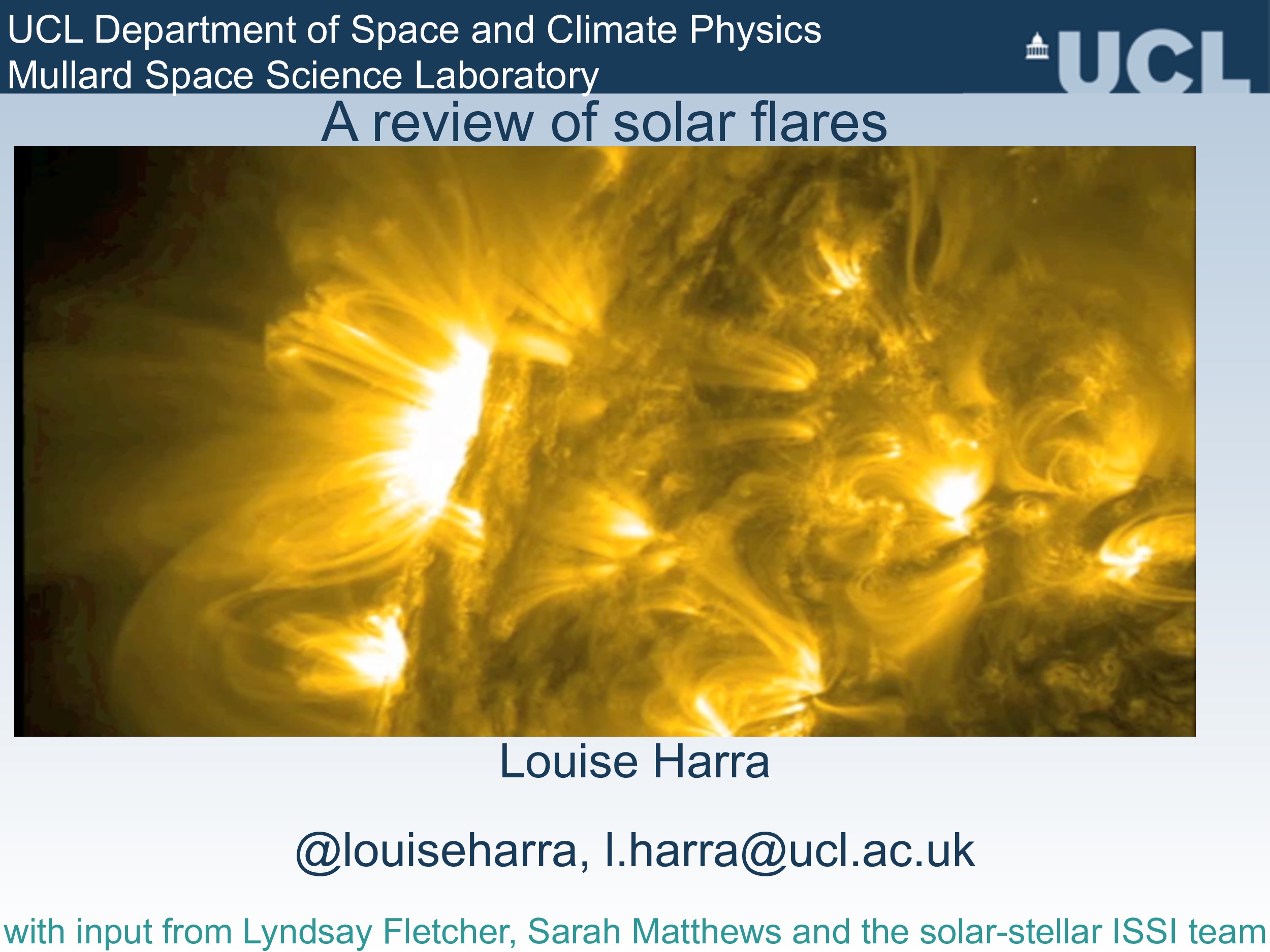
Session: Session V: Solar and stellar activity

Session: Session III: Solar and stellar seismology

Session: Session II: Solar and stellar modelling

Session: Session I: Solar and stellar observations

Session: Session III: Solar and stellar seismology

Session: Session IV: In memory of Jean-Paul Zahn

Session: Session III: Solar and stellar seismology


Session: Splinter Session: Waves inside Stars: Theory, Simulations, Observational Signatures, and Lab Experiments

Session: Session III: Solar and stellar seismology

Session: Session III: Solar and stellar seismology

Session: Session V: Solar and stellar activity

Session: Splinter Session: Waves inside Stars: Theory, Simulations, Observational Signatures, and Lab Experiments

Session: Session II: Solar and stellar modelling

Session: Session III: Solar and stellar seismology


Session: Splinter Session: Meridional flow, α effect, single vs multiple dynamo: addressing open issues in solar/stellar dynamo with p-mode parameters


Session: Session III: Solar and stellar seismology
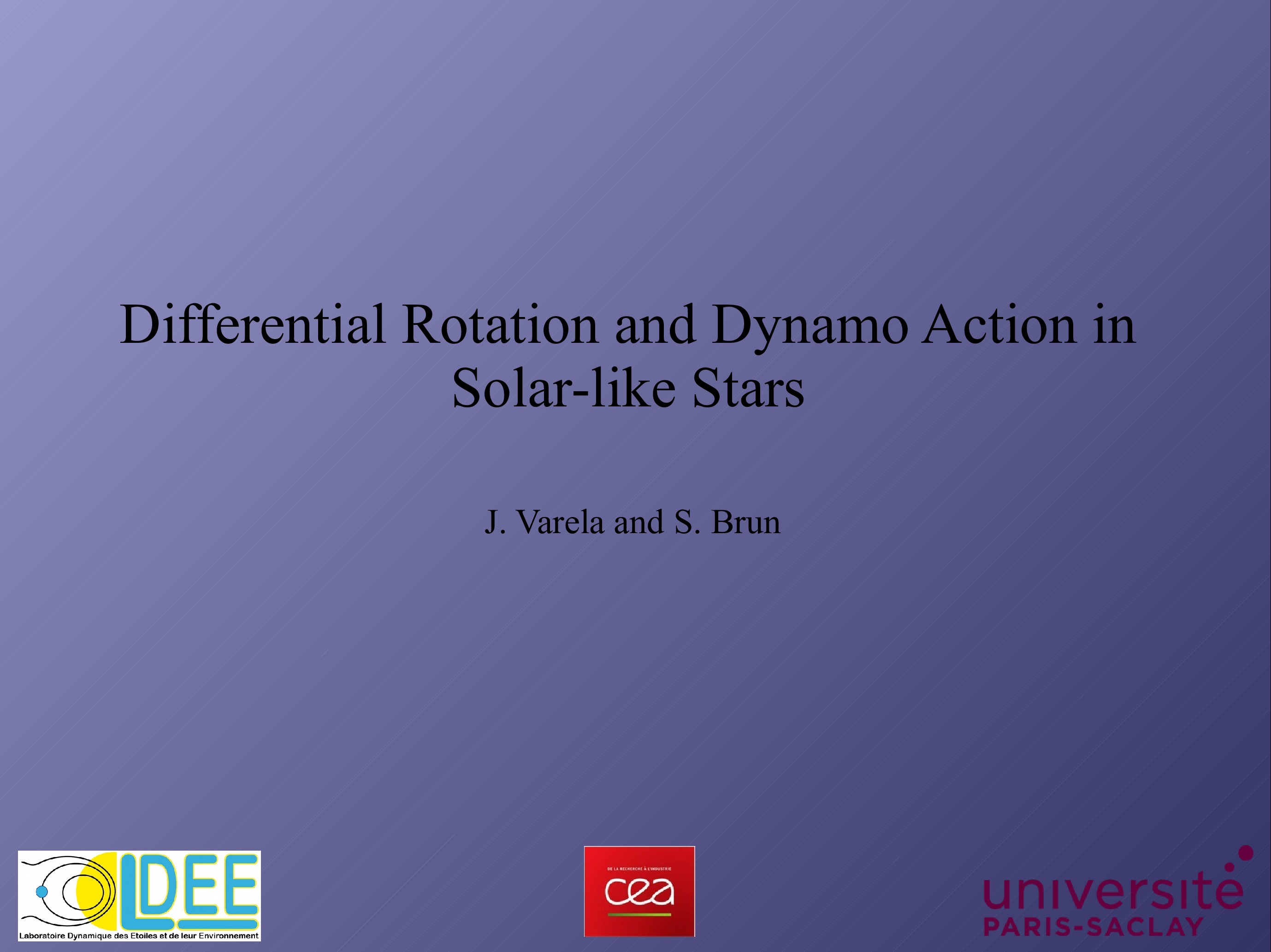
Session: Session II: Solar and stellar modelling

Session: Splinter Session: Comparing and Validating Meridional Flow Derivations in the Solar Convection Zone
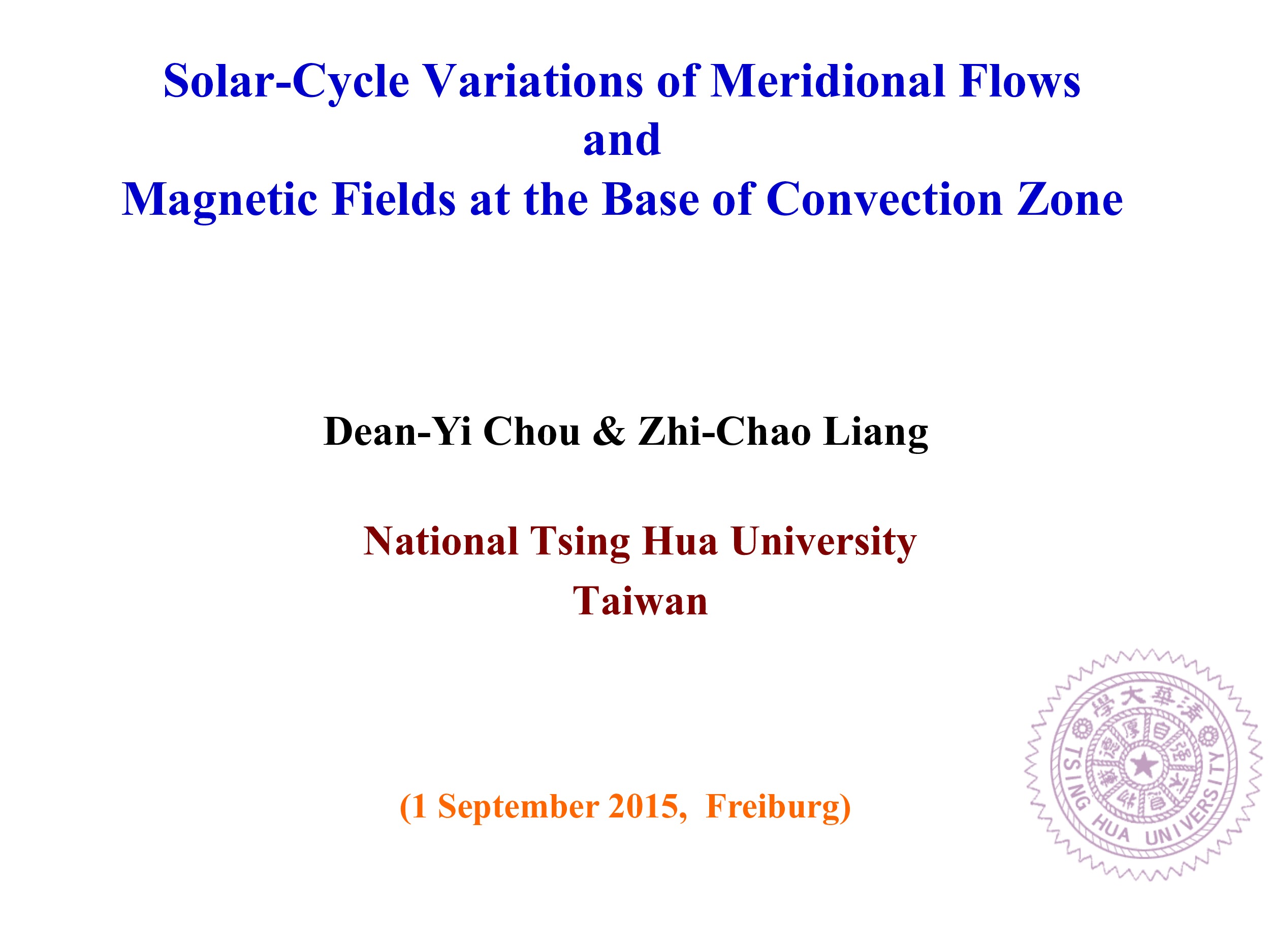
Session: Session III: Solar and stellar seismology

Session: Session III: Solar and stellar seismology
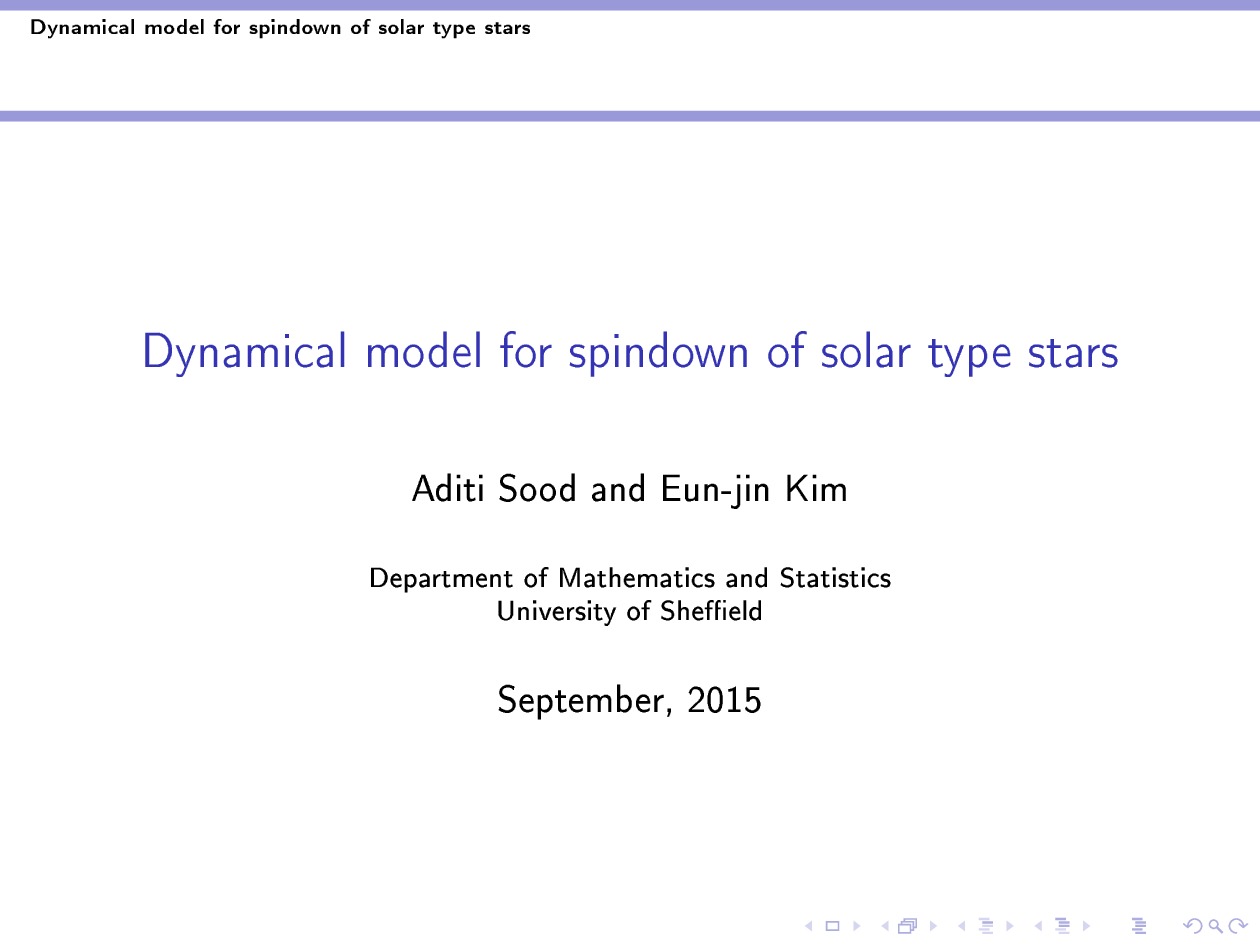
Session: Session II: Solar and stellar modelling

Session: Session III: Solar and stellar seismology

Session: Session I: Solar and stellar observations

Session: Session I: Solar and stellar observations

Session: Session III: Solar and stellar seismology

Session: Session I: Solar and stellar observations

Session: Session III: Solar and stellar seismology

Session: Session III: Solar and stellar seismology

Session: Session III: Solar and stellar seismology

Session: Splinter Session: Open-access tools for local helioseismology provided by SpaceInn

Session: Session I: Solar and stellar observations

Session: Session II: Solar and stellar modelling

Session: Session III: Solar and stellar seismology
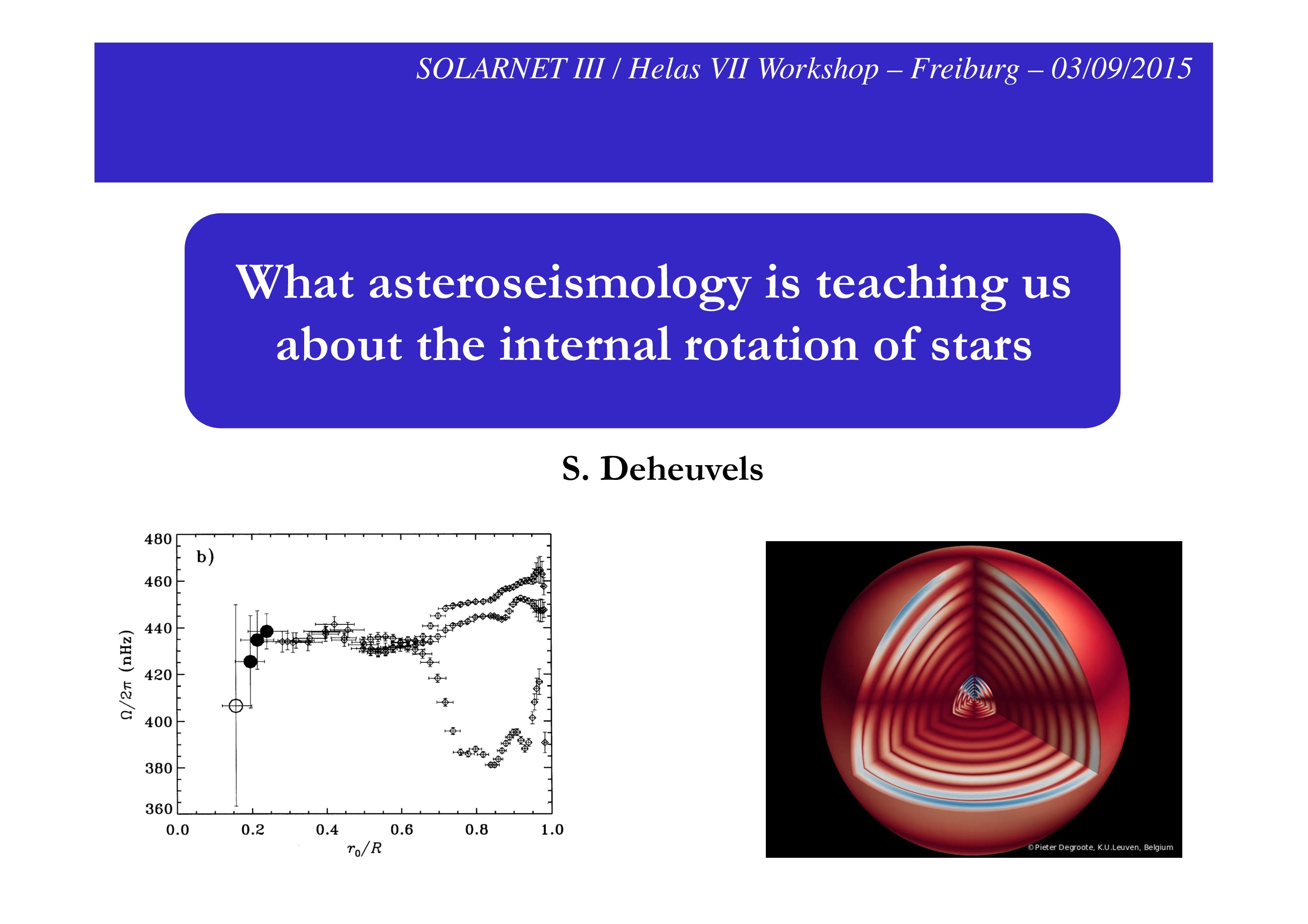
Session: Session IV: In memory of Jean-Paul Zahn


Session: Poster session: Asteroseismology


Session: Poster session: Projects

Session: Poster session: Projects

Session: Poster session: Asteroseismology

Session: Poster session: Helioseismology

Session: Poster session: Asteroseismology


Session: Poster session: Projects

Session: Poster session: Helioseismology

Session: Poster session: Helioseismology
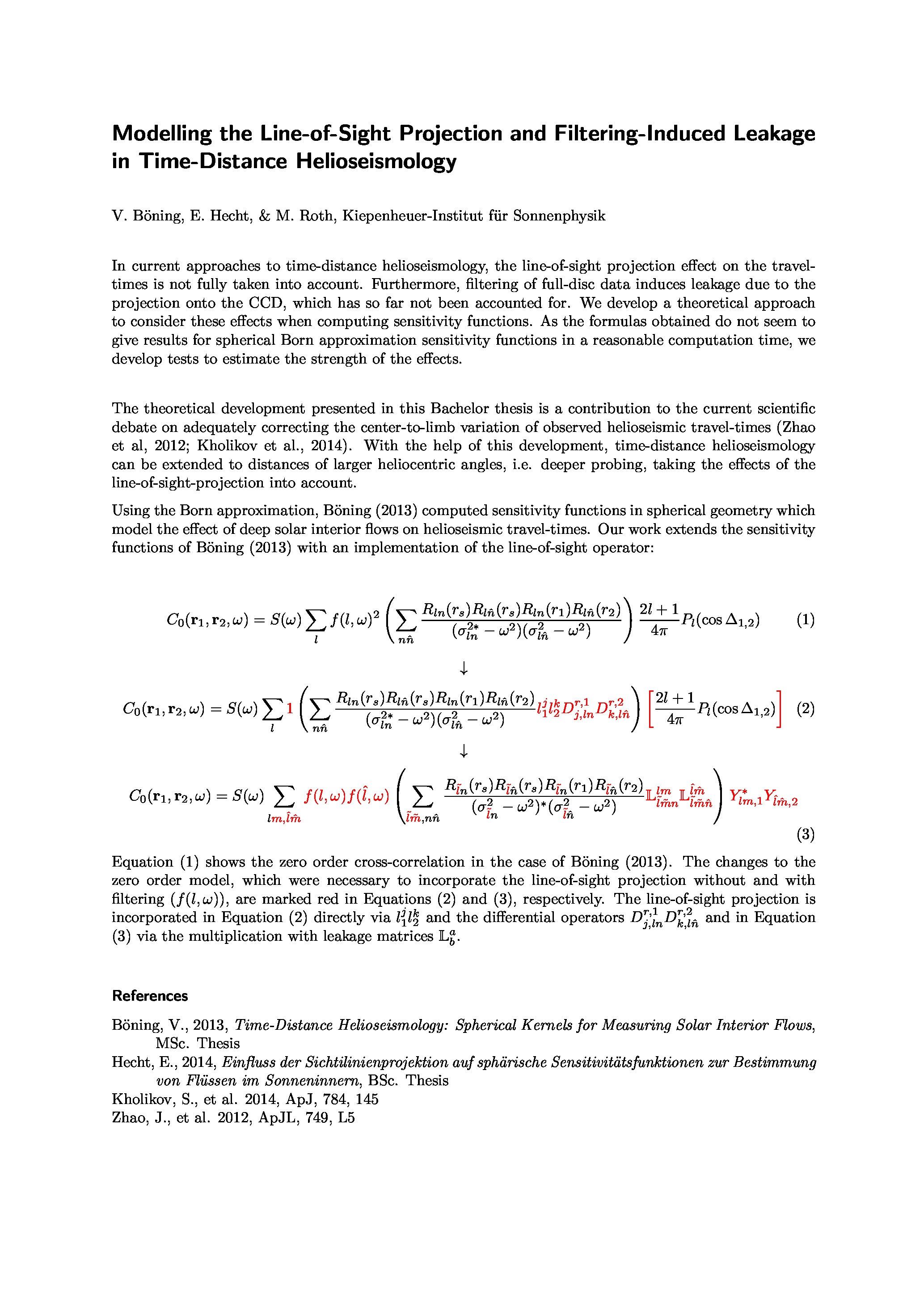
Session: Poster session: Helioseismology

Session: Poster session: Helioseismology

Session: Poster session: Solar physics

Session: Poster session: Helioseismology

Session: Poster session: Helioseismology

Session: Poster session: Solar physics

Session: Poster session: Asteroseismology

Session: Session I: Solar and stellar observations
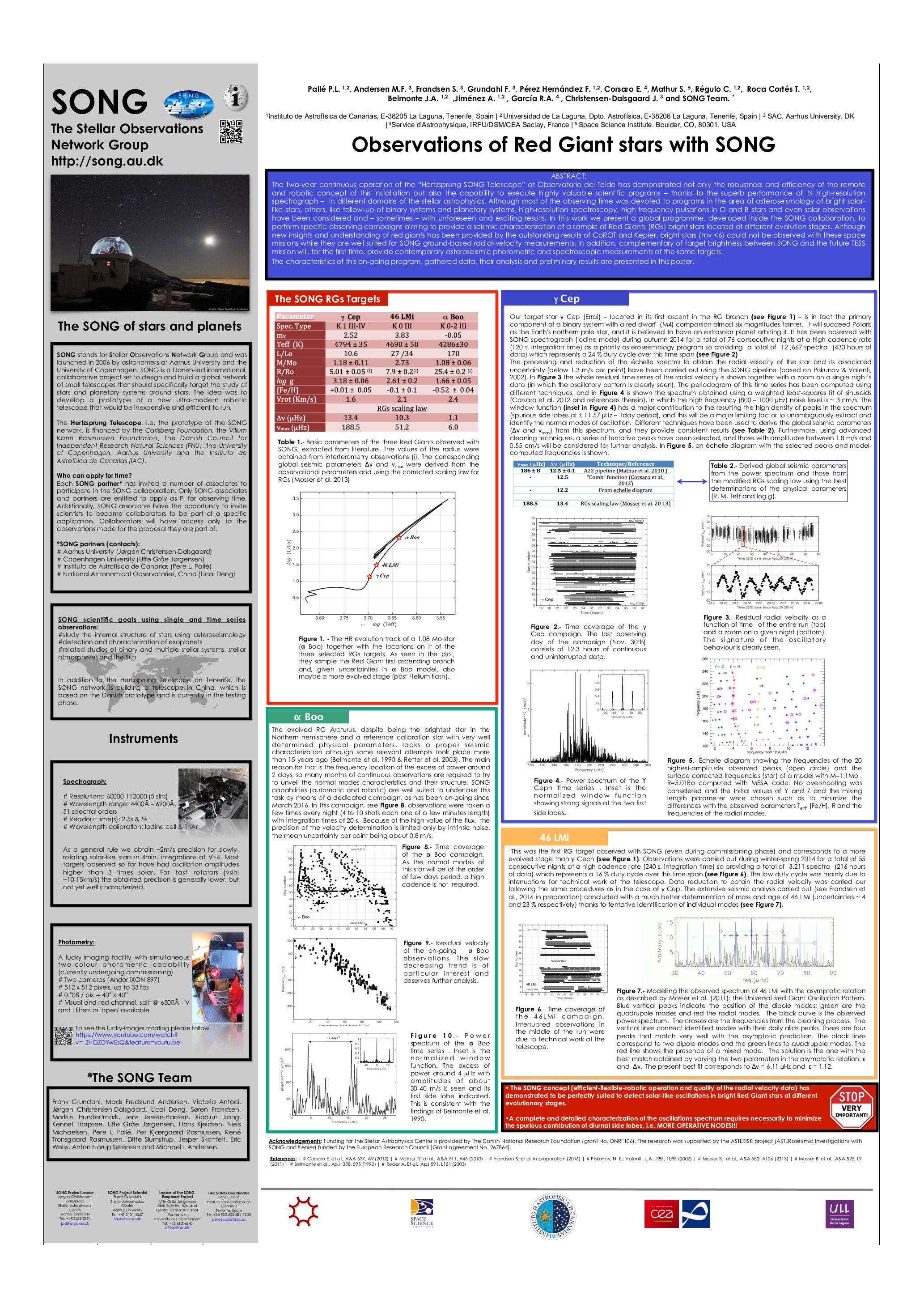

Session: Session I: Solar and stellar observations
| First Name | Last Name | Affiliation |
|---|

